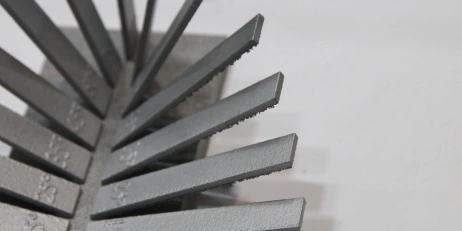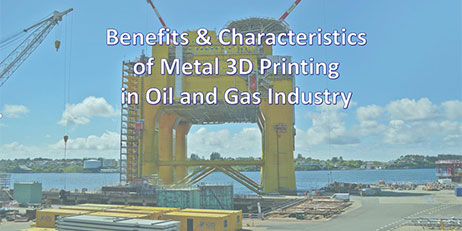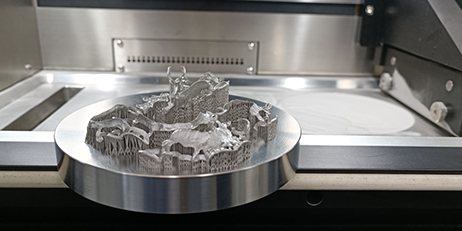Additive Manufacturing (AM), commonly referred to as 3D printing, is the use of discrete methods to "build up" point-by-point or layer-by-layer forming principles, and quickly "print" product parts based on the 3D CAD model of the product to complete the manufacture of parts or product components. Additive manufacturing has completely changed the processing mode of traditional metal parts, especially metal parts with high performance that are difficult to machine and complex in configuration. The International Organization for Standardization ASTM defines additive manufacturing as "the process of using 3D model data to join materials together to make objects, usually incrementally layer by layer, as opposed to subtractive manufacturing like traditional machining."
In the application market of additive manufacturing technology, aerospace, biomedical, automobile manufacturing and other fields occupy the top positions. In the field of aerospace, additive manufacturing can meet the requirements of high precision, complex shape and small batch due to its unique application advantages. Production requirements are becoming a widely used technology in this field. Biomedicine is another important field, and products that have been successfully applied include cranial implants, dental crowns, braces, hearing aids, etc. In the field of automobile manufacturing, additive manufacturing technology provides a new direction for lightweight, flexible design and production of car bodies.
Additive manufacturing is changing the way of product manufacturing. It is increasingly applied to various fields and has broad application prospects. It has become one of the international frontier research and competition hotspots in the current material preparation science and advanced manufacturing technology disciplines. It is also one of the hot spots for enterprises to realize digital manufacturing The preferred manufacturing technology to look forward to.























